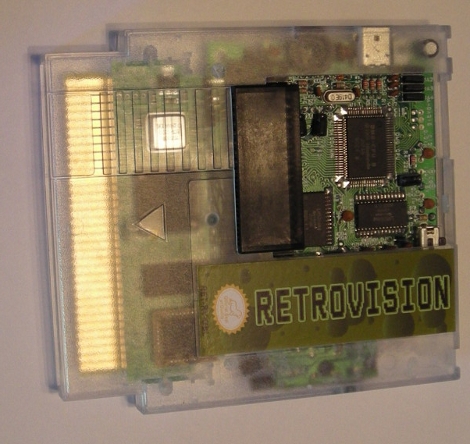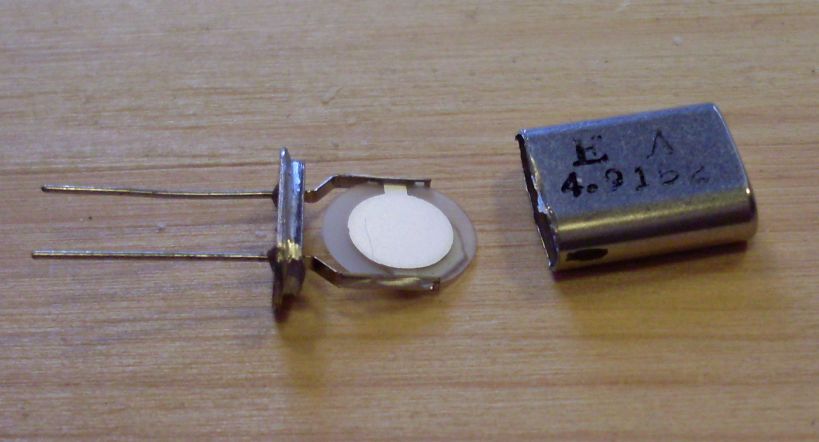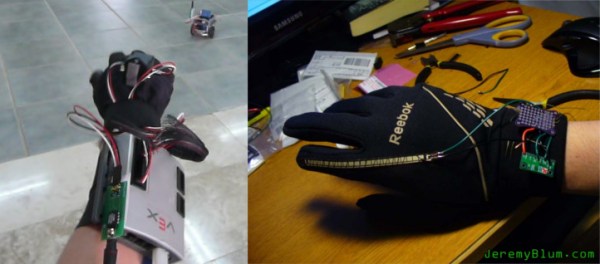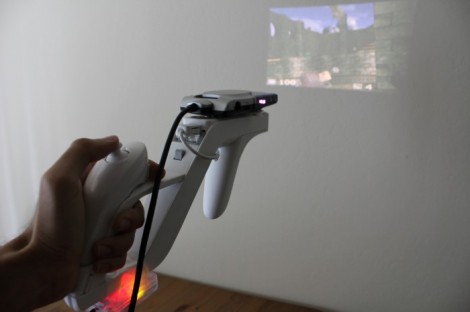
[Geohot] came up with a patch that allows OtherOS on 3.21 PS3 firmware. You’ll remember that Sony released version 3.21 specifically to prohibit OtherOS which allows the installation of Linux for which they were subsequently sued. Well, now their “fix” doesn’t work on people willing to flash patched firmware which means they’re only punishing those who play by the rules. Ugh.
Wondering why this is a big deal? Check out this article on the effect Sony’s move has on PS3 clusters used for supercomputing; something we hadn’t even thought of initially.
It turns out that this patch was released more than a month ago. Sorry for the late coverage but it’s new to us. You can see the obligatory proof video of the patched OtherOS after the break.















